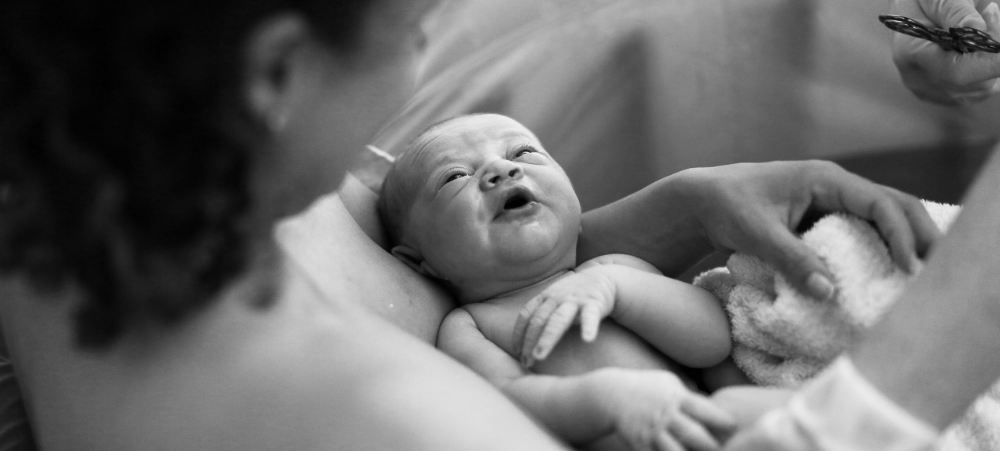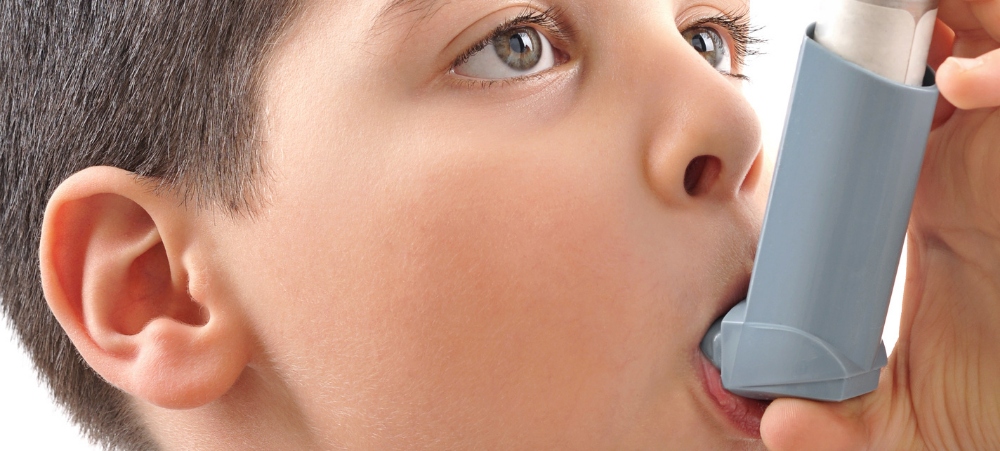
Roll up your sleeve – it’s time for the flu vaccination
The days are getting shorter and the nights longer which means winter is on its way … and with the change in season comes the start of ‘flu season’. Dr Morgan Mkhatshwa, Clinical Executive at Bonitas Medical Fund, provides some important information about flu and why a flu vaccine is highly recommended. He says it’s important to take extra precautions as we head into winter. ‘Understanding how to protect yourself and your loved ones this flu season, will make a difference in staying as healthy as possible’. What is Influenza? According to the National Institute for Communicable Diseases (NCID) influenza or ‘flu’ is an acute viral respiratory infection, transmitted by the influenza virus. This virus has three main types A, B and C. The currently circulating seasonal viruses are A (H1N1), influenza A (H3N2) and influenza B viruses. The flu viruses are typically in circulation in the winter months in South Africa with an average start of the first week of June. Why vaccinate? Although the flu vaccine will not completely eliminate your risk of developing the flu, it will help reduce your risk of developing a severe infection and recover faster. Annually, seasonal flu kills between 6 000 and 11 000 people in South Africa, which is they having the flu vaccine is a good precautionary measure. Do I need a flu shot every year? The short answer is yes. The flu virus mutates and changes which means last year’s vaccine will not keep you safe this year. The flu vaccines for 2023 are: Vaxigrip Tetra and Influvac Tetra, both available as a single dose 0.5ml shot. The vaccine helps produce antibodies and boost your immune system to fight off the virus. It’s best to vaccinate in April or May, before the start of flu season. Flu vaccinations are available at most pharmacies and the costs are generally covered by medicals schemes. Who should get a flu vaccine? It is recommended that anyone in the high-risk groups should have a flu shot – these include: Healthcare workers Individuals over 65 years of age People with cardiovascular disease, including chronic heart disease, hypertension, stroke, diabetes, chronic renal disease and chronic lung disease (including asthma and chronic obstructive pulmonary disease) Pregnant women People living with HIV/AIDS Who should NOT have the flu vaccine? Individuals who are allergic to eggs or egg proteins as the manufacturing process involves the use of chicken eggs Infants under 6 months of age – the vaccines are not licensed for use in such young children Individuals who may have had a severe reaction to a flu vaccine in the past – if you are unsure discuss with your healthcare provider Individuals who may be suffering from flu symptoms already Can the flu shot give me a mild flu? According to the Centre for Disease Control (CDC), no, the flu shot cannot cause flu. Vaccines are currently made either with flu vaccine viruses that have been ‘inactivated’ and are not infectious or with no flu vaccine viruses at all. However, you might experience some common side-effects from the vaccine such as are soreness, redness, tenderness or swelling where the shot was given. Serious allergic reactions to flu vaccines are very rare. Are Covid-19 and flu viruses similar? The World Health Organization (WHO) says that Covid-19 and influenza viruses are similar in disease presentation, mainly because both cause respiratory disease, which presents a wide range of illness from asymptomatic or mild through to severe disease and death. In addition, both viruses are transmitted by contact, droplets and any material that can carry infection. As a result, the same public health measures such as hand hygiene and social distancing is recommended to avoid contracting flu or when you have flu. Am I able to get the flu vaccine and a Covid-19 vaccine or booster shot together? Yes, however, it is recommended that if you decide to have both vaccines at the same time, one should be on the left arm and the other on the right. ‘The flu virus can spread very quickly,’ explains Dr Mkhatshwa. ‘Even if the flu vaccine might not prevent you getting flu, it will reduce your risk and, if you do get it, it will be a great deal milder. ‘More importantly, by having the flu vaccine you protect others, who may be vulnerable family members, small babies, the elderly or those who are immune compromised.’

































